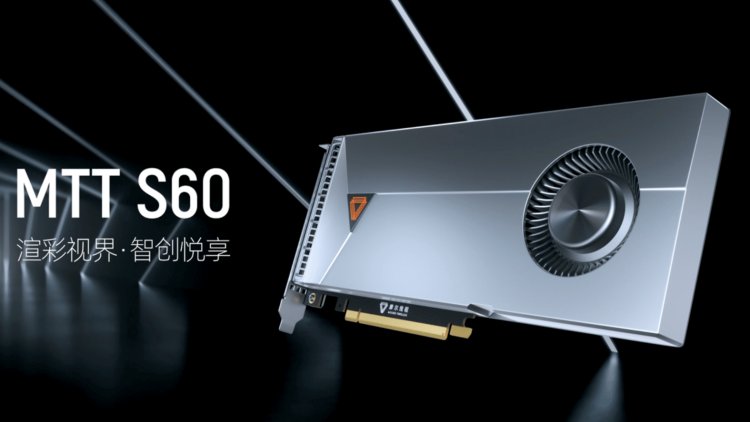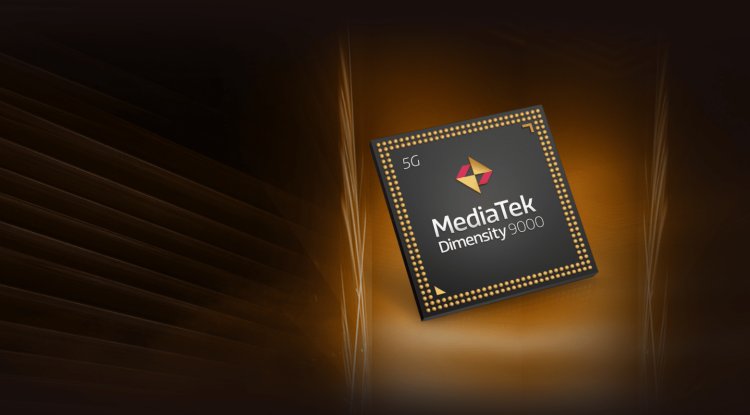MTT S60: The first Chinese graphics card

Moore Threads, a Chinese business, has introduced the MTT S60, a graphics card that has the distinction of being the first of its kind to use an architecture built wholly in-house. This company was created in 2020, so we are looking at a significant achievement not only in terms of what it represents in terms of architecture but also in terms of how rapidly it has been accomplished.
The MTT S60 is a graphics card that employs a mono slot format (takes up a single expansion slot), which means it is quite tiny, and it comes with a discrete cooling system based on a turbine-type fan, as well as a tiny radiator that absorbs heat from key components.
The entire graphics card is shielded by a silver-finished chassis, giving it a high level of build quality and an appealing appearance. There is an additional 6-pin power socket on the front, implying that the MTT S60 can draw up to 150 watts (75 watts from the PCIe slot and 75 watts from the power connector).
Zhang Jianzhong, a former vice president and general manager of NVIDIA, is the company's CEO. It is evident that the company's brain knew exactly what he had to do, and the reality is that he exceeded the expectations that he had generated.
The MTT S60 employs a MUSA GPU, a device produced on the 12nm node and employing the MT Unified System Architecture (MUSA). In total, this graphics card has a power of 6 TFLOPs in FP32, which puts it on par with an RTX 2060. (6.4 TFLOPs). It comes with 8 GB of LGPDDR4X RAM.
Along with that graphics card, Moore Threads has introduced the MTT S2000, a superior model capable of offering a total power of 12 TFLOPs in FP32, a figure that places it slightly above the RTX 2080 Super (11.15 TFLOPs), and is equipped with 32 GB of graphics memory, the type of which has not been specified.
It is crucial to remember that raw power assists us in locating the approximate performance of a GPU, but that real performance in games may differ significantly from the direct equivalences we have provided based on FP32 values, so use them only as a guide.
In this regard, the fact that Moore Threads has only provided a demo of the MTT S60 operating with League of Legends is a clear indication of the caution that must be exercised.
The MUSA GPU, on the other hand, may not be at the level of other more advanced solutions in terms of the manufacturing process, as it uses the 12nm node, whereas AMD and NVIDIA are already at 7 and 8nm, respectively, but the truth is that this graphics core has a set of next-generation functions and features, as it is not only compatible with DirectX 12, but also supports OpenCL, OpenGL, Vulkan, and even NVIDIA CUDA, and offers acceleration of H.
The MTT S60 contains 2,048 FP32 cores or shaders, but the MTT S2000 has 4,096 shaders and, curiously, uses a passive cooling mechanism. Moore Threads claims that the latter also has AlphaCore physics simulation technology, which boosts performance by dealing with physics by 5 to 10 times.
This is without a doubt one of the most significant improvements that China has recently made in the general consumer tech industry, and we believe that Moore Threads' graphics solutions could have a big impact on the market if Moore Threads plays its cards well. This does not imply that they will enter the international market suddenly, but they may gradually advance to become another option.





























